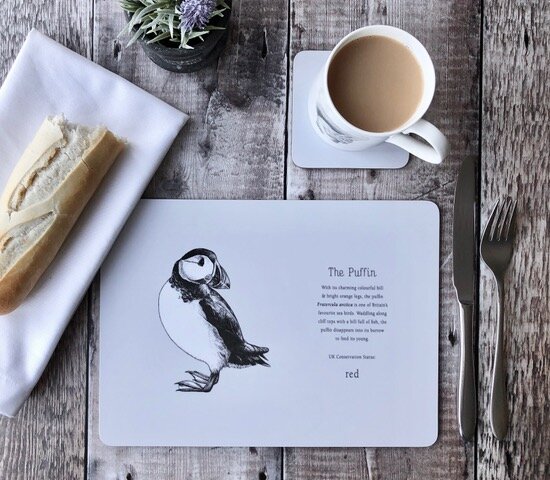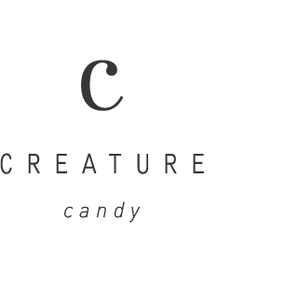By Kat Nicola.
It is vastly common that penguins are a huge favourite. How could they not be? From their beautiful appearance to their awkwardness on land and hilarious demeanour, their portrayal in media and association with our favourite holiday has led to their wide popularity. This popularity is fortunate, as penguins are suffering more than one would realise and as David Attenborough famously quoted, 'No-one will protect what they don’t care about, and no-one will care about they have never experienced.’
African Penguins: National Geographic (2010)
What many people may not be aware of is that there are 18 species of penguin, none of which reside in the wild in the Arctic and several of which reside in areas which are closer to the equator. Therefore, these species contrastingly experience hot climates at various times of the year. Of all 18 species, only five of which are classed as ‘least concern’ on the IUCN Red List, which is a scale used to classify how threatened or endangered a penguin species may be in terms of its population status.
As with the majority of species which are suffering with a population decline, human influence is the biggest factor, with not one, but many very different causes including but not limited to oil spills, plastic pollution, guano mining, climate change and overfishing. In particular, African Penguins are one of five species classed as ‘endangered.’ As noted by the National Geographic, in 2009, 26,000 breeding pairs were recorded – a staggeringly 80% loss since 1956, when numbers lay around approximately 250,000 pairs and had already suffered from persecution for years. Currently, the count lies at 50,000 individuals (IUCN/BirdLife International, 2021).
But it isn’t all doom and gloom! There are many charities and organisations dedicated to the rescue and rehabilitation of penguins, which have massively contributed to veering many species away from nearing extinction and increased numbers significantly – also engaging in release and even breeding in some cases. However, numbers fluctuate continuously and we must still do what we can.
Near St. Croix Island, (2019).
I recently had the pleasure of volunteering for SANCCOB (Southern African Foundation for the Conservation of Coastal Birds). The non-profit organisation originated in 1968 and has since treated over 50 species of seabird, treating several thousand individuals per year. It has been estimated that the organisation’s contribution has increased the population of African penguins by 19% and thus slowed the decline.
Hundreds of abandoned eggs are also incubated by SANCCOB every year, where chicks are reared for their eventual release back into the wild. Abandonment is a natural occurrence in nature, however this can also be due to other factors. In January 2021, over 600 Cape cormorant chicks were rescued after being abandoned – potentially due to adults moving on to cooler areas.
Oil spills are an occasional occurrence which can affect large numbers of penguins due to the destruction of waterproofing on the bird’s feathers, and also causing poisoning through the ingestion of the oil when the penguin preens itself. Following an occurrence of an oil spill alone in 2016, one of SANCCOB’s two centres rescued 92 oiled adults and 61 penguin chicks. Another oil spill in July 2009, when over 400 litres of oil was spilt during refuelling of cargo ships, over 100 individuals were rescued.
SANCCOB (2016)
Seeing wild populations in St Croix island off the coast of Algoa Bay is an even more so special experience knowing that the population is thriving with the assistance of human efforts – showing just how much of a positive influence we can make. Here, the population including many released individuals are monitored by rangers.
St. Croix Island, (2019)
As previously mentioned, inspiring the public to help support such an organisation is paramount, so education is also provided in the form of school and adult sessions, tours, presentations and encounters. I was lucky enough to be involved in these sessions, which ranged from general lessons as to the work SANCCOB carries out, to tours and rock pooling sessions. It is a pleasure to see how inspiring these sessions are for the younger generation.
Volunteering is an excellently rewarding experience. However, your ultimate questions may be: “But what can I do?” and “Would anything I do really make any kind of difference?” Ultimately, the answer is yes. If we can encourage everyone to adopt the attitude that any contribution, however small, can ultimately equate to a huge positive impact, then we are definitely heading in the right direction when it comes to conservation. There are many roles you can take on to support the species.
Limiting single-use plastic, recycling and conserving energy to help combat climate change are big ones. I know that I am particularly guilty for accidentally leaving a tap running or forgetting to switch lights off. Or leaving on the television in the background when I am not particularly paying much attention! But above all, promoting awareness is a huge factor. Everyone loves a penguin, but rarely know of the dangers they face. You can make a difference in conserving these wonderful animals.
Love seabirds? Check out our Puffin range!
















